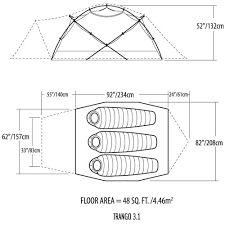
Mountain tents are the most reliable form of accommodation on the mountain. Inside the sleeping tents, there is a thick and oversized closed-cell foam pad that is basically a mattress that is insulated to resist the cold. It is possible to hire an extra mattress early to make your stay on the mountain more comfortable.
You will also need a good sleeping bag which we can provide, you can hire or you bring your own. Either way, a good sleeping bag should have a fleece liner
The camp setup is done by your camp crew, the same crew that includes porters to carry your tents, a cook to prepare your fresh and hot meals when you reach camp after a long day of trekking, and breakfast in the morning at the camp. Your crew will also include a guide and assistant guide to assist with your day-to-day activities and well-being. For security reasons, you will be equipped with two-way radios and mobile telephones for communication with the base camp crew.
For private guided climbs you might opt to have your own private toilets, this can also be arranged before you begin your adventure.
Types of Mountaineering tents
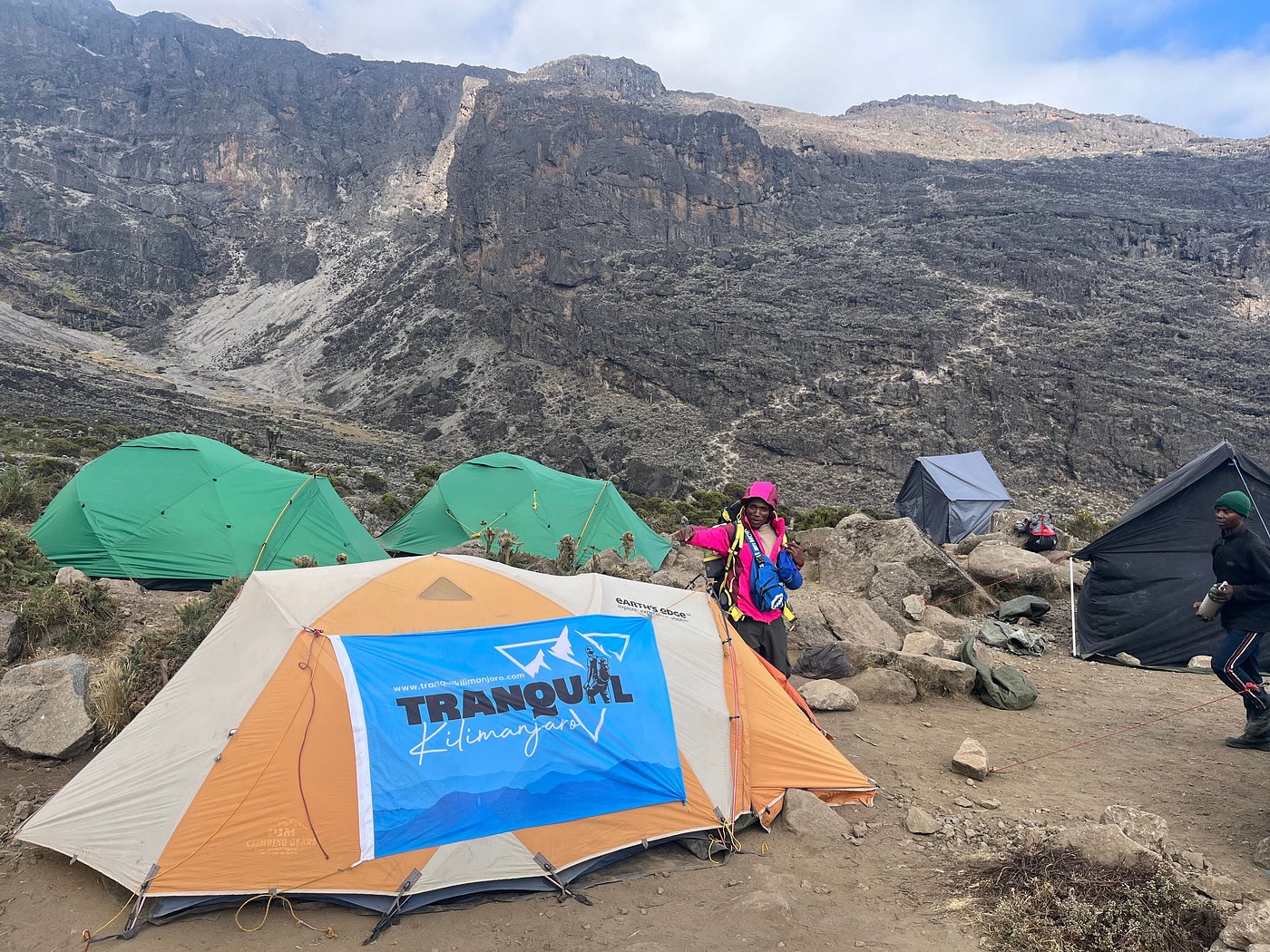

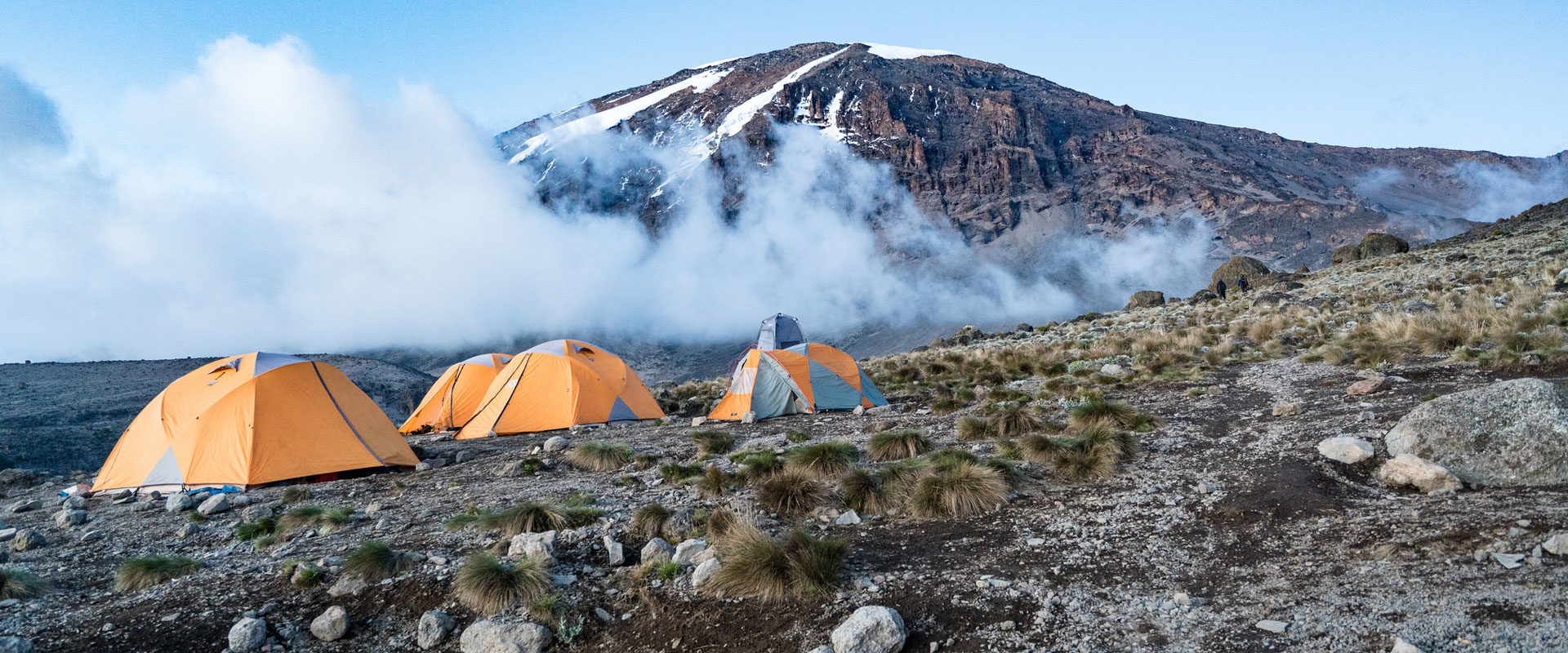
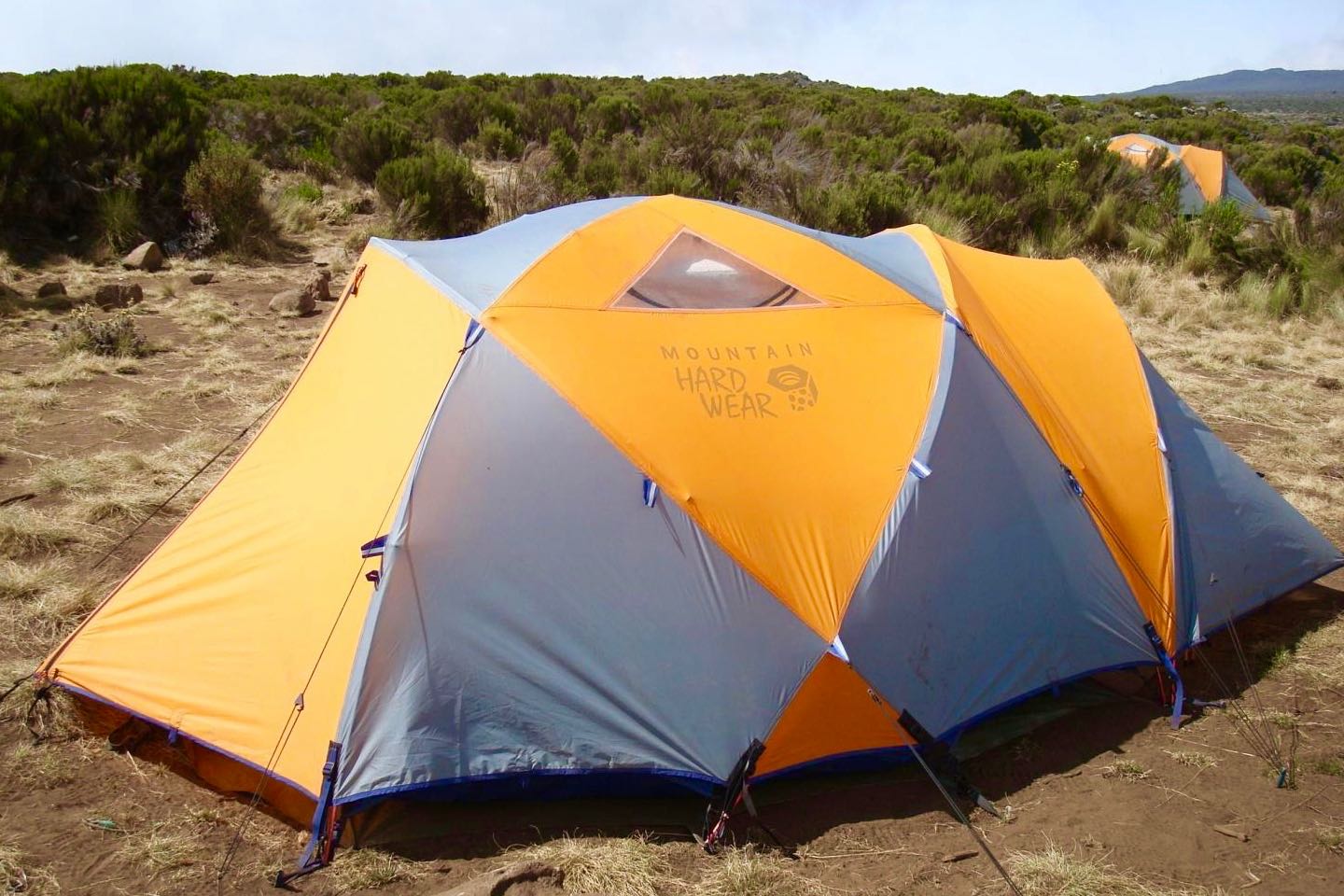
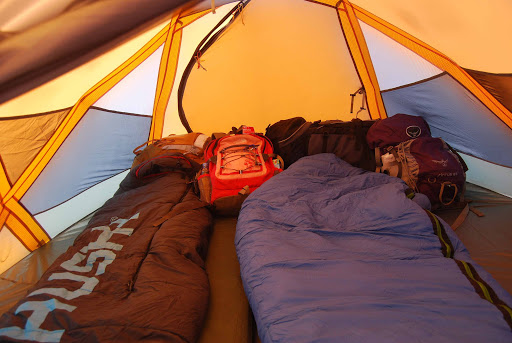
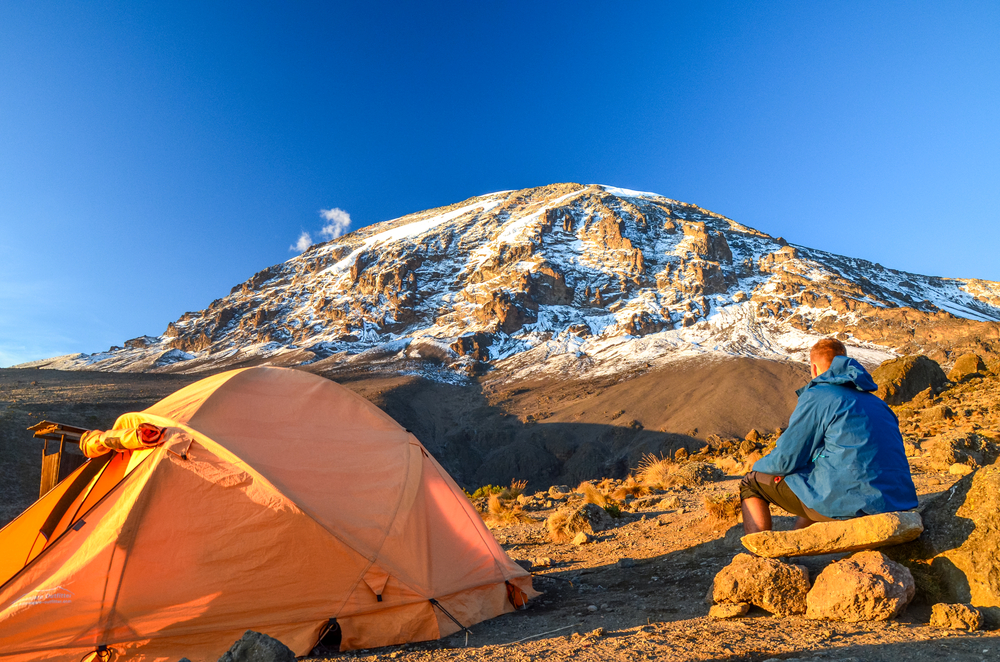
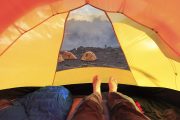
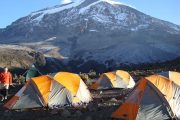
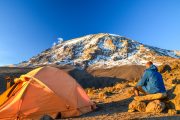
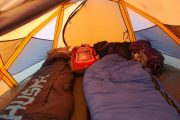
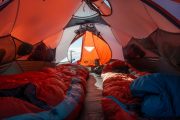
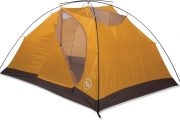
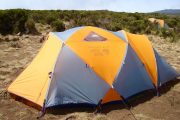
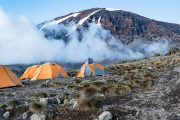
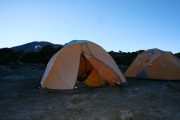
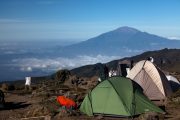
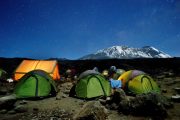
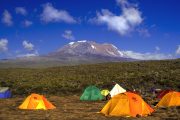
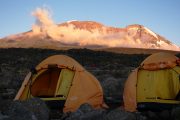
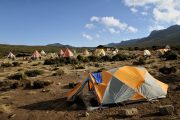

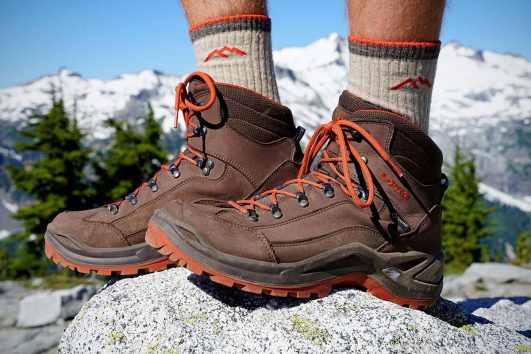
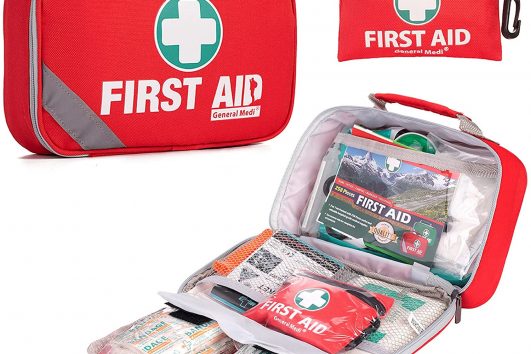
Tour Reviews
There are no reviews yet.
Leave a Review